January 15 – May 4, 2009
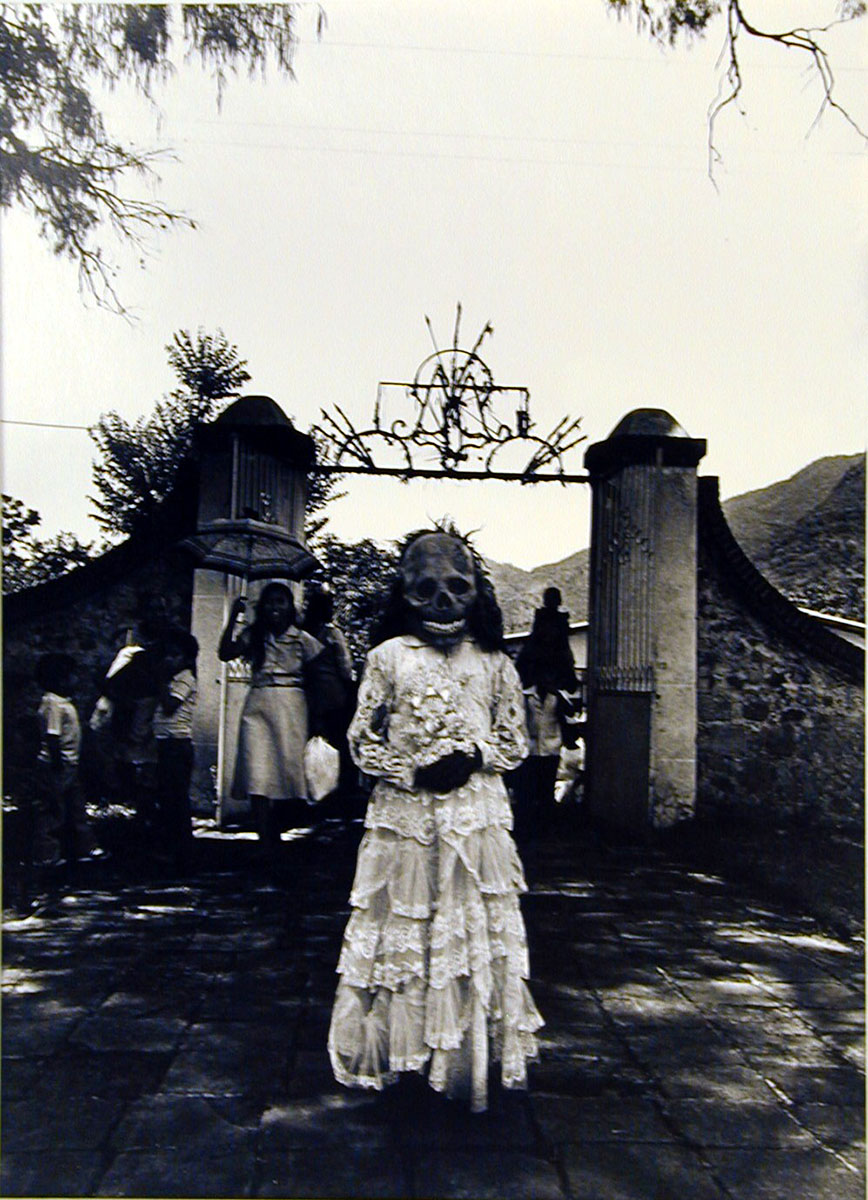
Graciela Iturbide, Serafina, Juchitan, Oaxaca, 1985, printed 1998. Silver gelatin print. Collection of DePaul Art Museum, Art Acquisition Endowment Fund and Religious Art Fund, 2003.57
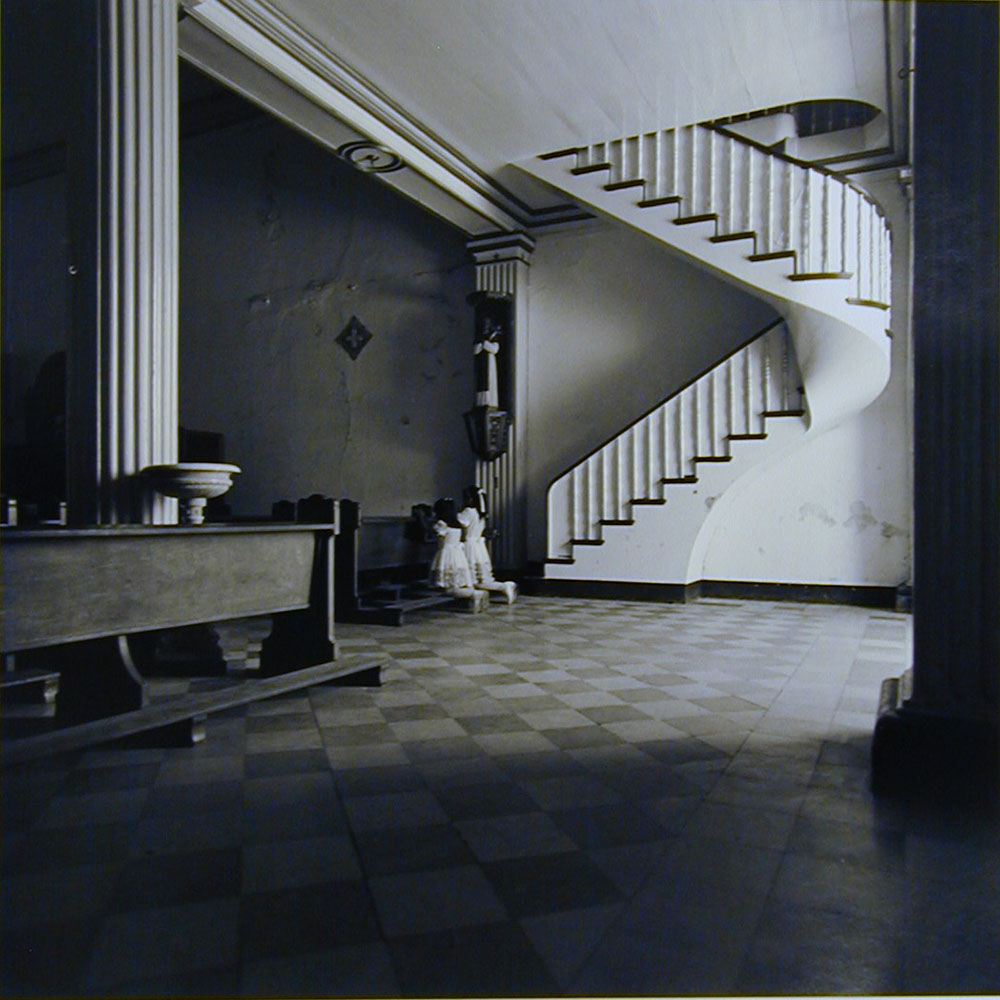
Mario Algaze, Two Girls Kneeling, Barva, Costa Rica, 1987, printed 1996. Silver gelatin print. Collection of DePaul Art Museum, 2003.59
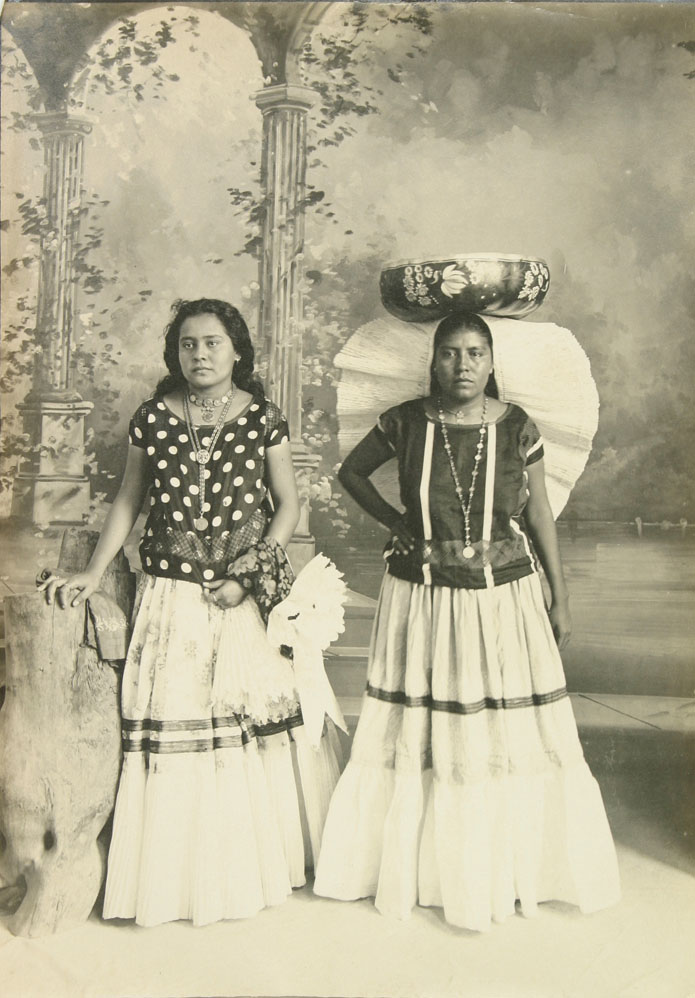
Augustin-Victor Casasola and Hugo Brehme, Two Women, Tehuantepec, Oaxaca, Mexico, ca. 1913. Silver gelatin print. Collection of DePaul University, gift of Jennifer and Isaac Goldman, 2007.13
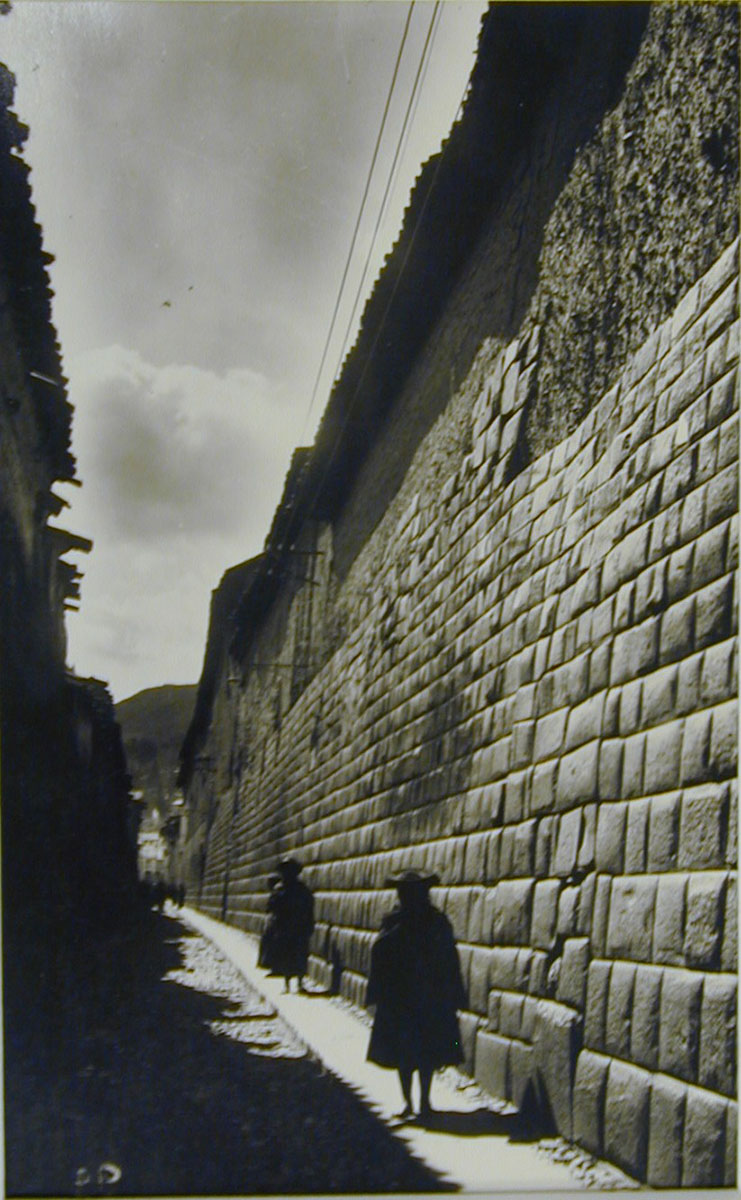
Martín Chambi, Callejon de Loreto, Cuzco, ca. 1930. Silver gelatin print. Collection of DePaul Art Museum, 2003.53
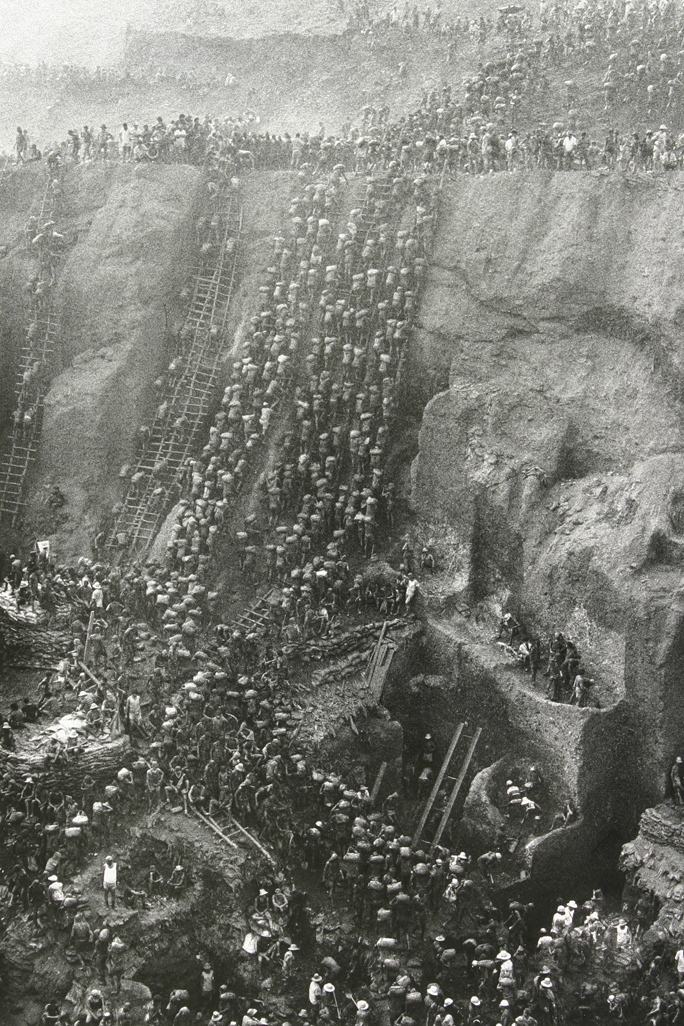
Sebastiao Salgado, The Gold Mine, Serra Palada, State of Para, Brazil, 1986. Silver gelatin print. Collection of DePaul Art Museum, 2005.47
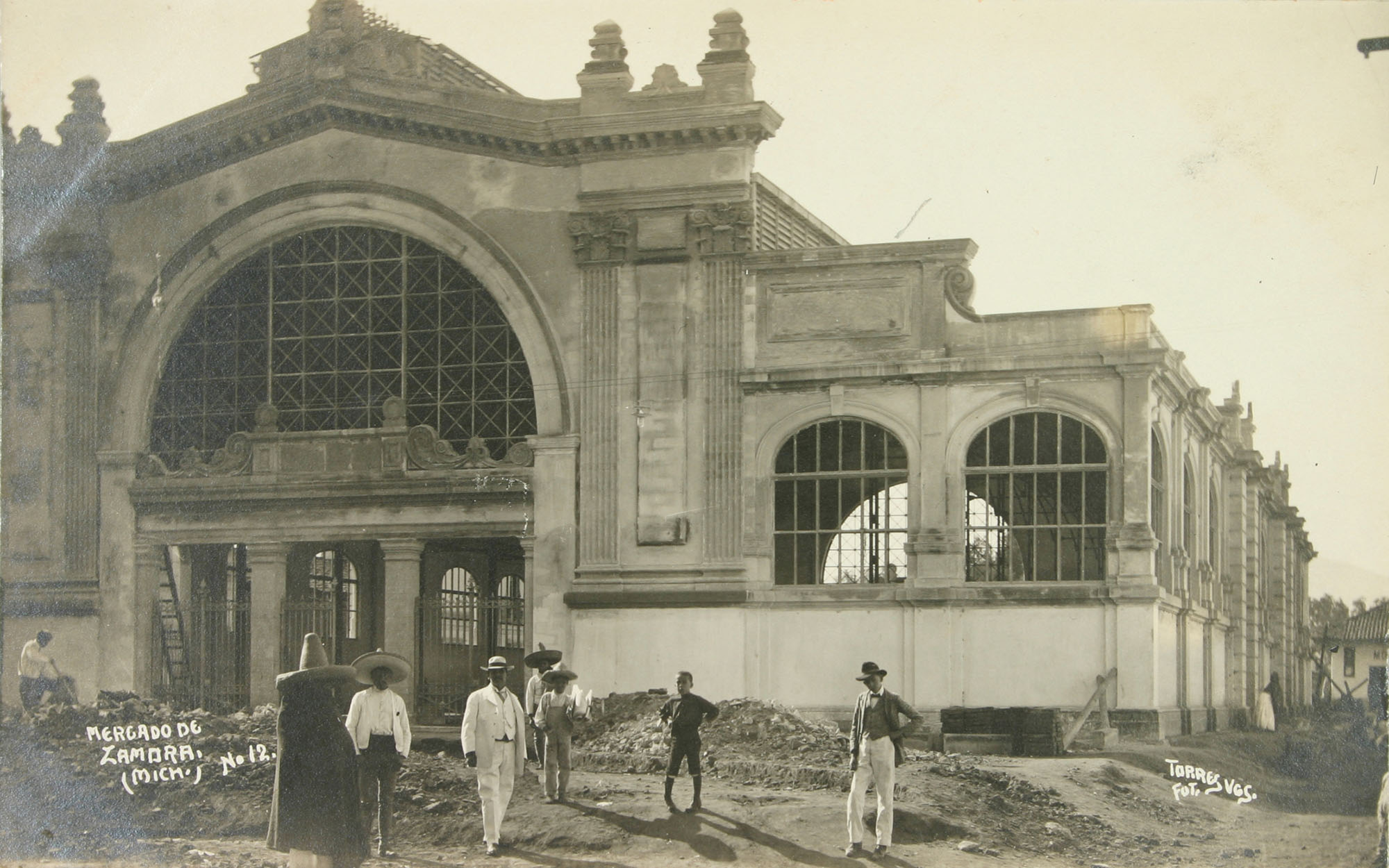
Torres, Mercado de Zamora, Mich. (Michoacan de Ocampo Mexico), ca. 1930. Silver gelatin print. Collection of DePaul University, gift of Jennifer and Isaac Goldman, 2007.23
In Latin America, as elsewhere, early practitioners of photography were drawn to its documentary properties. Photography studios proliferated in cities in the late nineteenth century, producing conventionalized portraits and also selling views of dramatic or exotic landscapes and city views. Some of the most prominent of these were founded by European immigrants (Hugo Brehme and Augustin Casasola in Mexico, for example, who were well known for their picturesque postcard images). The first celebrated native-born photographer, Martín Chambi, spent his lifetime making pictures in the cities and rural areas of Peru, and while his subject matter and market are similar to that of his predecessors his perspective is distinctly less external.
As the expressive qualities of photography were coming to be recognized, Latin American photography took a distinct and lasting turn in the 1920s and ’30s, a change personified in Manuel Álvarez Bravo. Trained as an artist in Mexico City, Bravo moved easily in literary and artistic circles, befriending Diego Rivera and the Surrealist writer André Breton. Although fluent in documentary and journalistic genres, Bravo often reveals a surrealist’s eye in subject matter and framing and finds the startling and the unexpected in everyday scenes. Deriving from the exoticizing viewpoints of nineteenth-century colonial photography, aspects of precontact religious belief, and international cultural movements, the surrealist tension between the perceived and the imagined was and remains a potent theme in Latin American photography.
More than half of the photographs included in this exhibition have been donated to the DePaul University Art Museum by Jennifer and Isaac Goldman. We acknowledge with gratitude their acuity as collectors and their generosity to the university.